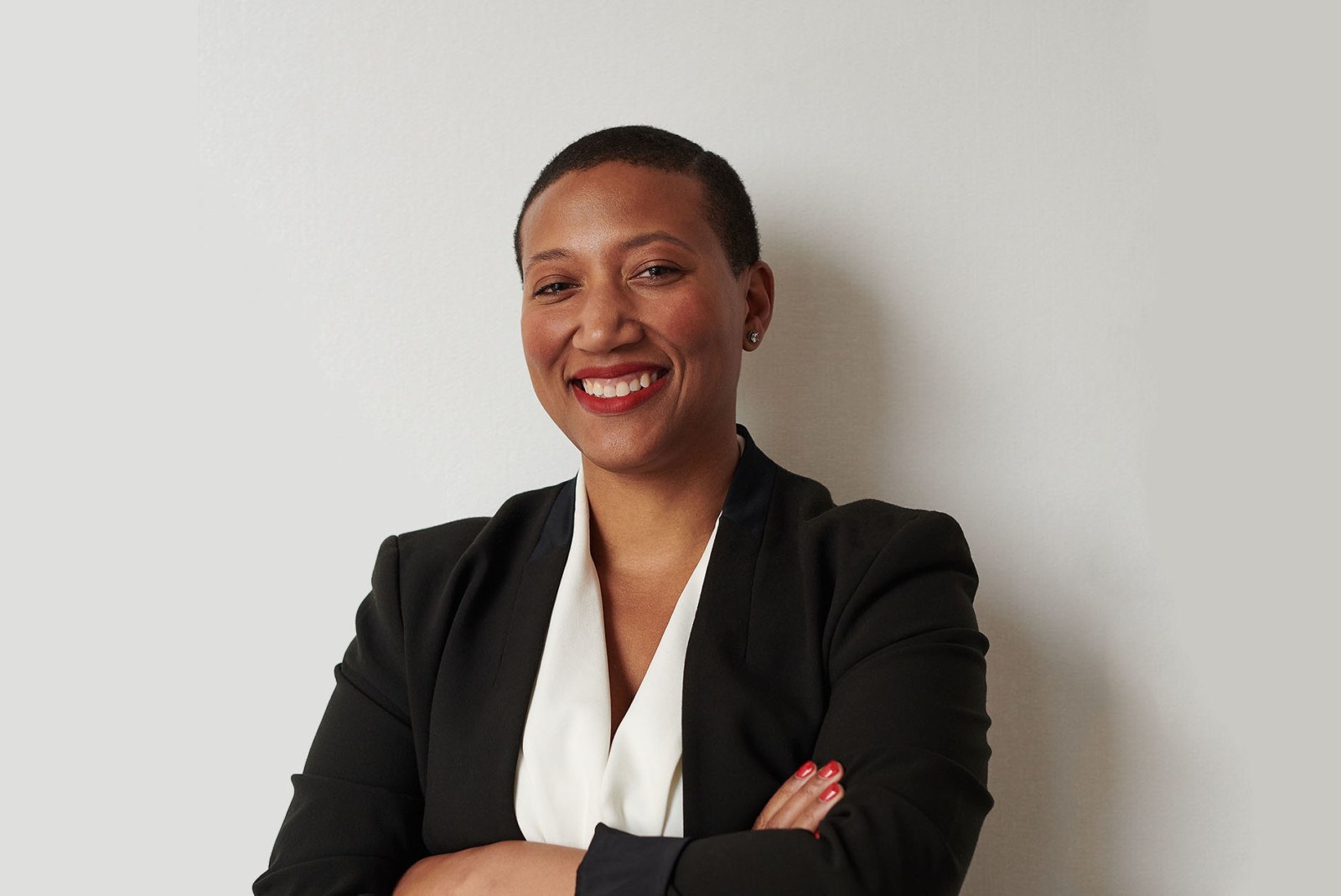In the Monocle on Design podcast episode, Kimberly Dowdell, a principal in HOK’s Chicago studio, shared how architects can use design to help mayors and cities create a better future.
While participating in the U.S. of Conference of Mayors annual meeting in January, Dowdell spoke with Monocle’s Chris Cermak about her upcoming AIA presidency, desire to become a doctor for the built environment while growing up in Detroit, and drive to work with cities to increase equity and improve people’s health and wellbeing through design. Her chat with Cermak is featured on the podcast.
Excerpted from Monocle on Design:
On Her AIA 2024 Presidency:
“One of the reasons I’m excited about being engaged with the AIA at the highest level of leadership is our thrust toward social equity and climate action. Those are two things that here at the U.S. Conference of Mayors we’ve heard a lot about. It’s great to get reinforcement that we’re onto something with real interest in and commitment to racial and gender equity, as well as sustainability – fostering sustainable growth in cities, towns and all areas throughout the world.”
On the Importance of Collaboration Between Architects and Mayors:
“Architects have the power to help mayors see and create a better future. [They have] the ability…to create a vision that other people can buy into. I think that’s a big part of why architecture is so valuable. Architects have the gift of being able to physically translate those thoughts, ideas and desires into shapes, forms, buildings and other built interventions so that the community, stakeholders and leaders can see what they’re going to experience in the future.”
On the Value of Repurposing Buildings:
“Our existing buildings are some of our greatest assets. There’s a saying that the most sustainable building is the one that already exists. I’m a huge advocate of finding ways to preserve our existing building stock.
“When it comes to changing hearts and minds about demolishing certain structures or doing things that would detract from the urban built environment, it’s important that we tell the stories that amplify the value [of that building]. That doesn’t necessarily translate into dollars and cents, but it has this greater intrinsic value. There’s an equity story there. There’s a sustainability story there.”
On the Responsibility of Architects to Support Cities:
“We have so much potential within our cities. How do we look at really capturing those opportunities instead of building outside of the city walls? It’s important to understand how to be more strategic with our resources, which are limited.
“One of the things I said to the mayors [at the U.S. Conference of Mayors] yesterday was that ‘architects are the civic problem solvers you didn’t know you needed.’ I want to advocate for architects and mayors to partner on solving some of our greatest problems: tackling blight; tackling vacancy; finding ways to ensure that we’re protecting the health, safety and welfare of the public; addressing health disparities; and, my personal mission, improving the quality of people’s lives by design.”
Encouraging Diversity in Architecture:
“The built environment impacts everyone. It’s important that the designers who author our present day and our future reflect the communities that we serve. That’s one of the reasons why it’s so important that communities aren’t just approached by people from outside but there are influences from within the community. Having a diversity of thought is important. That diversity of thought also comes with diversity relative to race, gender, ethnicity, religion…it’s valuable for architects to come from a very diverse array of perspectives.”
